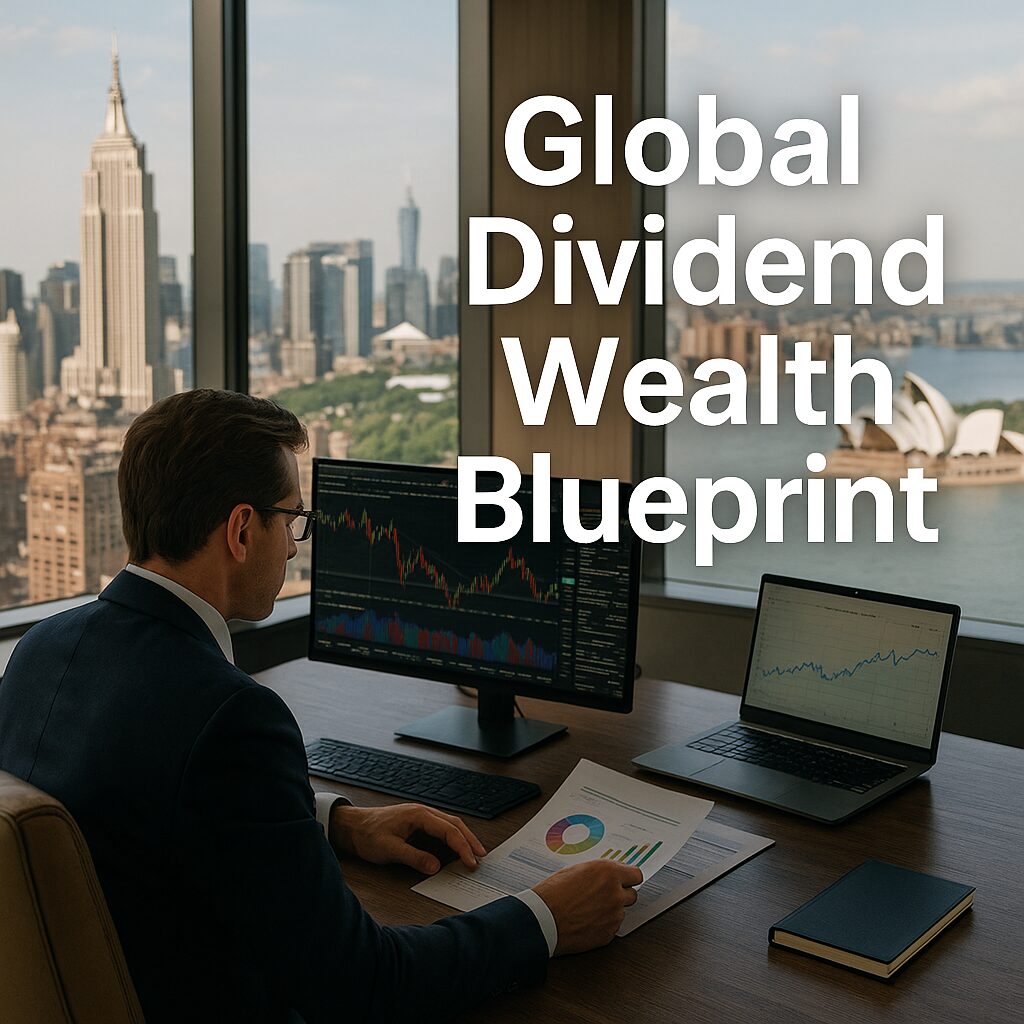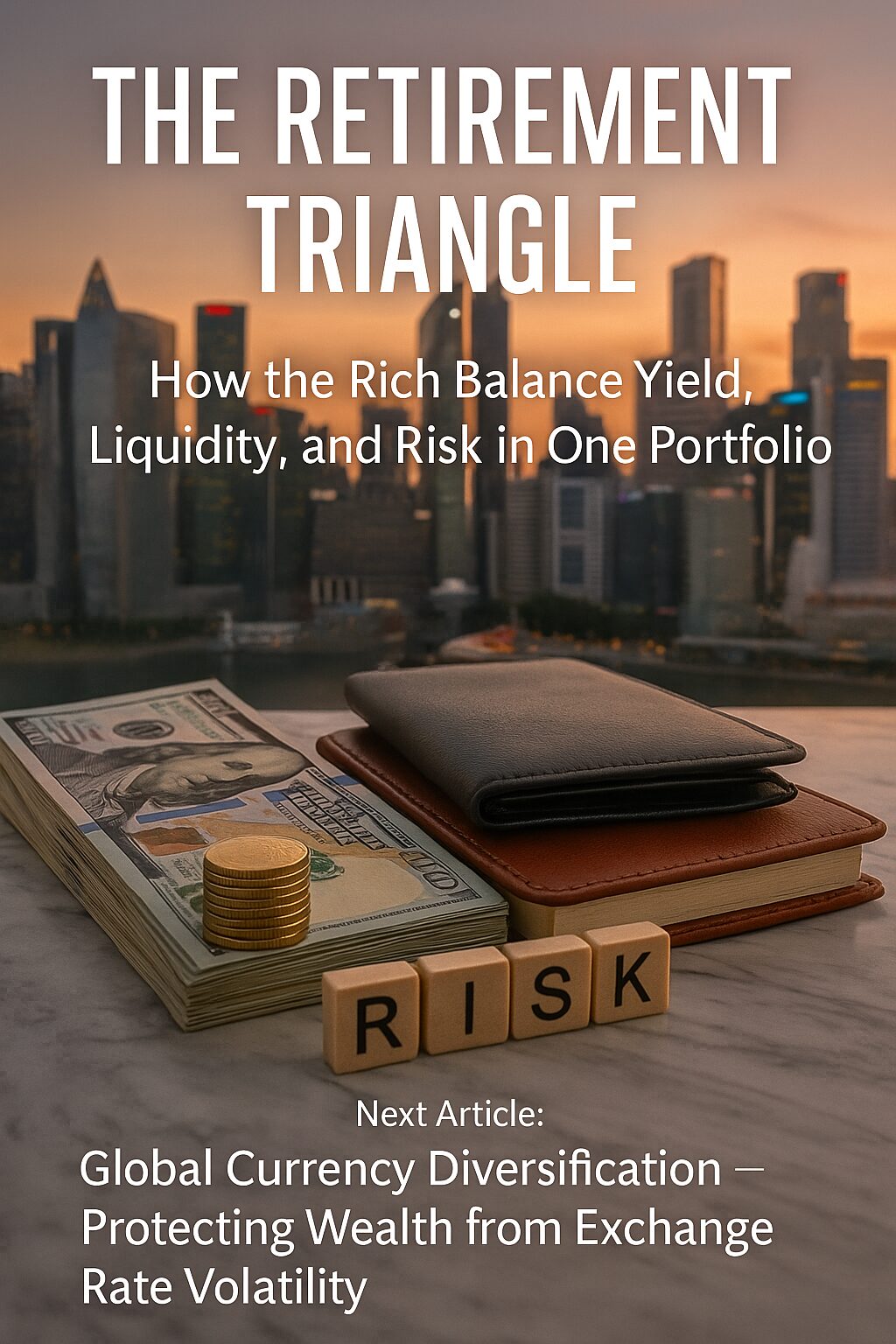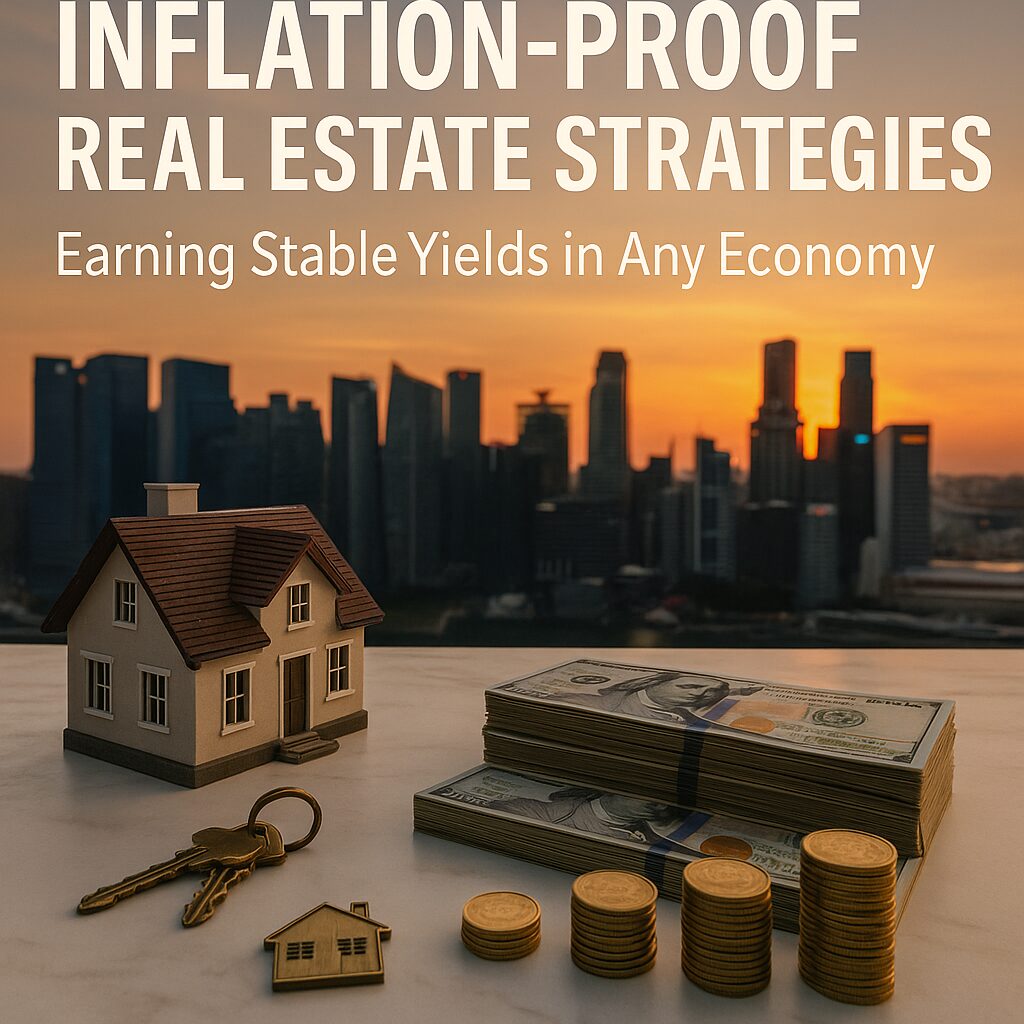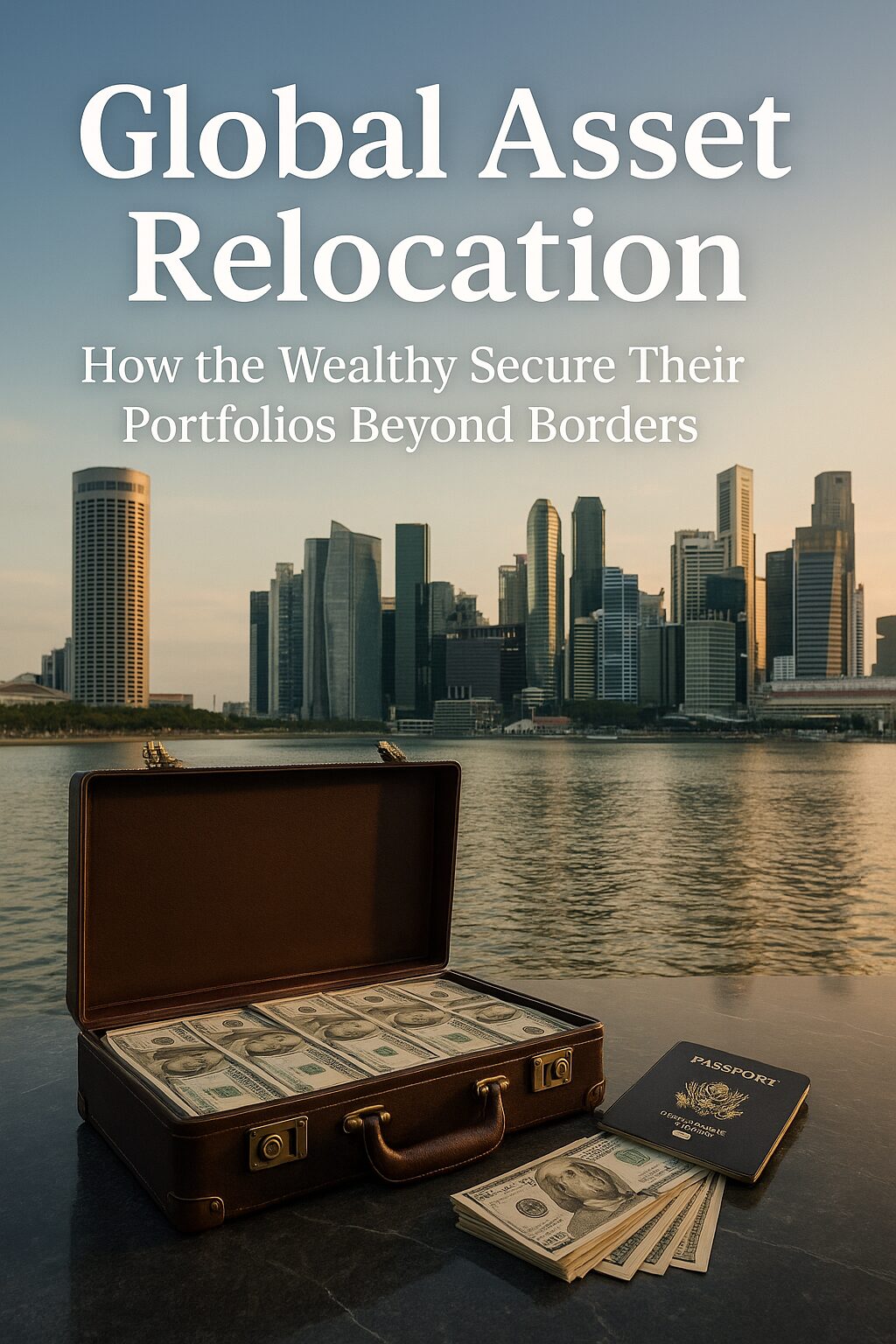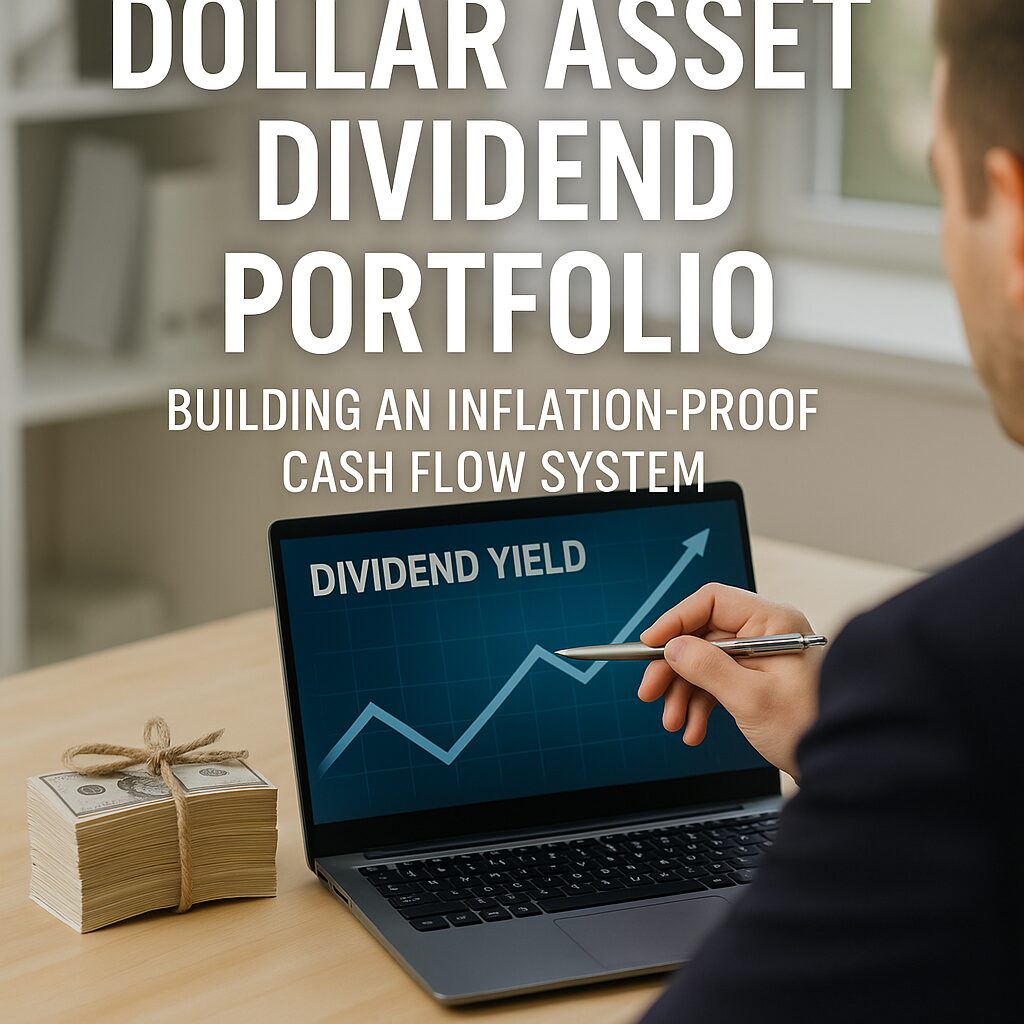Managing taxes efficiently is not just about paying less; it’s about creating a long-term, legally compliant structure that protects wealth and maximizes after-tax income. For high-net-worth individuals, global entrepreneurs, and investors with cross-border interests, global tax optimization is one of the most powerful tools to preserve and grow capital. In this article, we will explore how to strategically use tax treaties, offshore structures, and residency planning to minimize your worldwide tax burden while staying fully compliant with the law.
1. Understanding the Concept of Global Tax Optimization
Global tax optimization is the process of arranging your affairs in such a way that your total worldwide tax liability is minimized. This involves more than just reducing taxes in one country — it’s about coordinating taxation across multiple jurisdictions so that income, capital gains, dividends, and inheritance are taxed at the lowest possible rate without breaking any regulations.
A common misconception is that tax optimization equals tax evasion. This is false. Tax evasion is illegal, involving deliberate misrepresentation or hiding of income. Tax optimization, on the other hand, is fully legal and is about taking advantage of laws, treaties, and legitimate structures.
2. The Three Pillars of Global Tax Optimization
Pillar 1: Tax Treaties and Double Taxation Agreements (DTAs)
Many countries have signed double taxation treaties with each other to prevent the same income from being taxed twice. These treaties can reduce or eliminate withholding taxes on dividends, interest, and royalties.
Example:
- A U.S. investor receiving dividends from a company in Singapore might face a standard 15% withholding tax. However, under the U.S.–Singapore tax treaty, the rate could be reduced to 5% or even zero in certain cases.
Action Steps:
- Check the tax treaties between your home country and the countries where you have income sources.
- Structure your investments through treaty-friendly jurisdictions to benefit from reduced rates.
Pillar 2: Offshore Entities and International Business Companies (IBCs)
Offshore companies, when used properly, are powerful tools for tax efficiency. Jurisdictions like the British Virgin Islands (BVI), Cayman Islands, and Seychelles offer low or zero corporate tax rates and simplified reporting requirements.
Benefits of offshore entities:
- Legally reduce corporate tax rates.
- Separate personal and business liabilities.
- Gain access to multi-currency bank accounts.
Example Structure:
An entrepreneur in Europe sets up a BVI company to handle international contracts. Revenue is earned outside of the entrepreneur’s home country, allowing taxation under more favorable offshore laws, provided that substance requirements are met.
Pillar 3: Residency and Citizenship Planning
Where you live — or more specifically, where you are legally considered a tax resident — plays a major role in how much tax you pay. Some countries, like the UAE, Monaco, and Bahamas, have zero personal income tax. Others use a territorial tax system, meaning you only pay tax on income earned within their borders.
Residency planning strategies:
- Residency by investment – Obtain residency in a low-tax country through property purchase or investment programs.
- Tax residency break – Spend fewer days in high-tax countries to avoid residency status.
- Multiple residencies – Use multiple countries’ tax systems to your advantage.
3. Combining Strategies for Maximum Effect
The most effective global tax optimization plans combine all three pillars. For example:
- You might hold your assets in an offshore company (Pillar 2).
- Structure dividend payments through countries with favorable tax treaties (Pillar 1).
- Maintain residency in a low-tax jurisdiction (Pillar 3).
This synergy allows you to reduce taxes at multiple points: corporate level, distribution level, and personal income level.
4. Common Mistakes in Global Tax Optimization
- Ignoring Substance Requirements
Many offshore jurisdictions now require physical presence, employees, or management activity to grant tax benefits. - Focusing Only on Corporate Taxes
Reducing corporate tax without considering personal tax obligations can lead to higher overall taxation. - Not Monitoring Global Tax Changes
Tax laws change frequently. A favorable jurisdiction today may introduce new taxes tomorrow.
5. Practical Tools and Resources
- OECD Tax Treaty Database – For checking treaty terms.
- Global Mobility Programs – Lists countries offering residency/citizenship through investment.
- International Tax Advisors – Professional consultants who can ensure compliance.
6. Case Study: A Digital Entrepreneur’s Tax Optimization Journey
A European digital entrepreneur running a global e-commerce platform faced high tax bills. By:
- Setting up an IBC in Seychelles.
- Opening a multi-currency account in Singapore.
- Spending most of the year in a territorial tax country (Panama).
He reduced his total tax burden from 42% to under 10% legally, while gaining better banking options and more privacy.
Conclusion
Global tax optimization is not about hiding money — it’s about structuring your affairs intelligently and legally. With careful planning, the use of tax treaties, offshore entities, and residency strategies can significantly reduce your tax burden while protecting your wealth.
The key is long-term thinking: building structures that are sustainable, compliant, and adaptable to changes in tax law.
📌 Next Article Preview:
In our next post, we’ll explore “The Offshore Asset Ladder – How Global Investors Build Multi-Tier Security for Their Wealth” — a step-by-step guide to creating layered protection for your money through offshore banking, trusts, and diversified assets.



